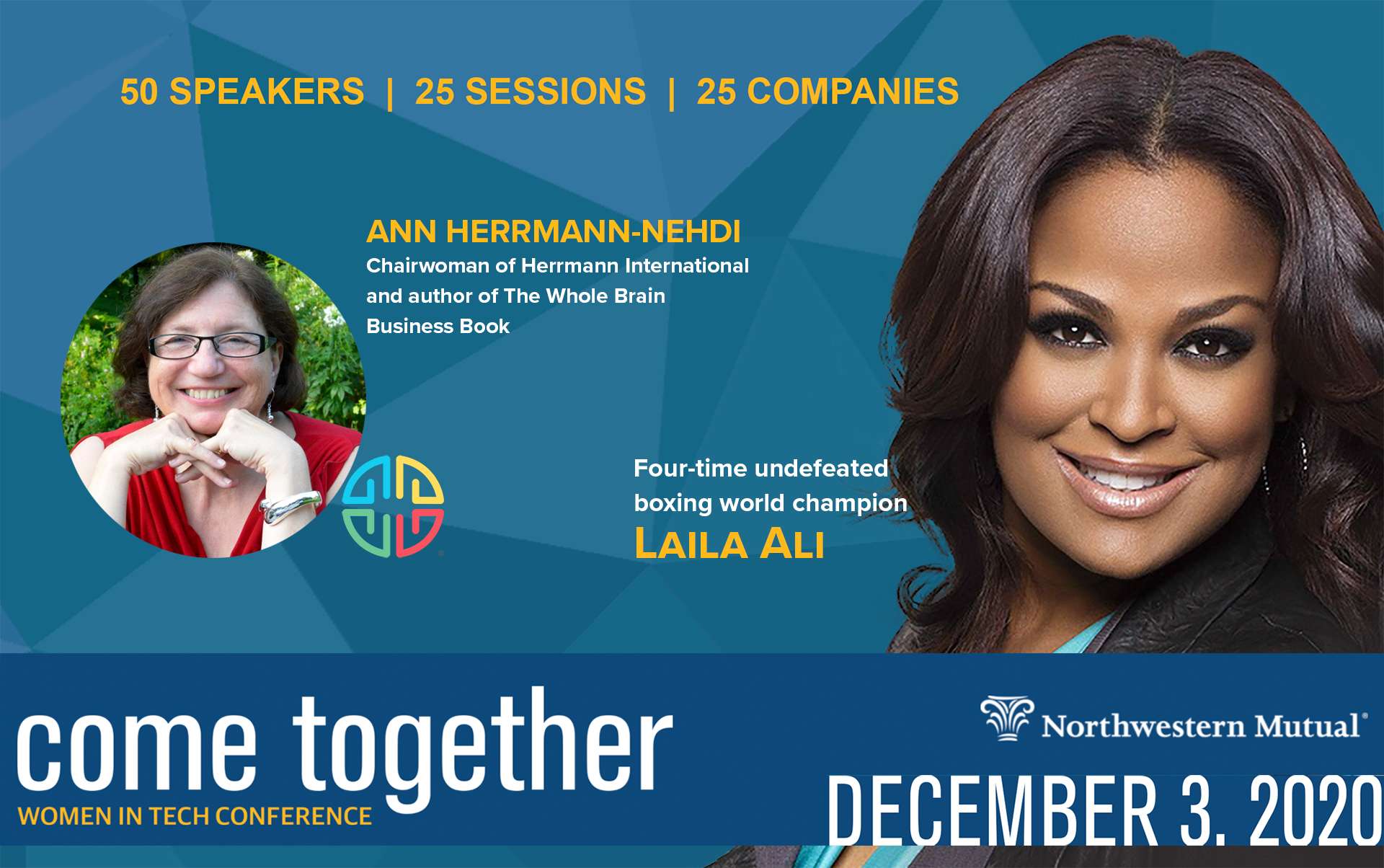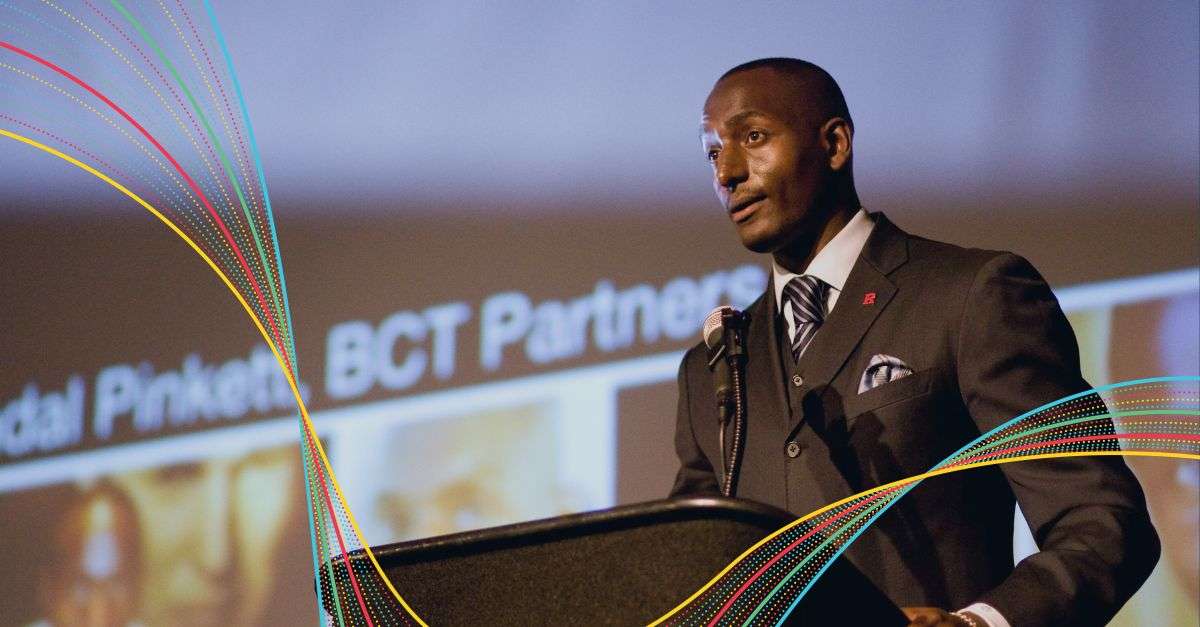Like so many events this year, the Macy’s Thanksgiving Day Parade had to change things up a bit in 2020 to accommodate a COVID-19 world. But the floats ride on, and there’s one new participant in the line-up that caught our eye.
Highlighting the fact that only 24% of jobs in the STEM (science, technology, engineering and mathematics) fields are held by women, Olay introduced the Her Future is STEM-sational float as a way to remind parade viewers about “the importance of maximizing women and their accomplishments.” It’s part of the company’s 10-year commitment to double the number of women in STEM and triple the number of multicultural women in STEM.
Diversity and inclusion has been an ongoing issue in the tech sector in particular, which continues to lag behind the rest of the job market when it comes to hiring women and people of color.
The overall workforce of the GAFAM group (Google, Apple, Facebook, Amazon and Microsoft) is comprised of only about 34% women.
As Sam Daley writes at Built In, “While controversial technologies or flashy CEOs get most of the negative airtime, it’s the lack of women in the tech industry that seems to be the largest problem looming overhead.”
Across all industries, progress toward gender parity in the workplace has been glacially slow. And now, what little progress has been made is at risk, according to McKinsey’s latest report on Women in the Workplace.
With “double-shift” responsibilities like childcare, homeschooling and other challenges magnified by the pandemic, women’s careers are taking a hit at a disproportionate rate.
McKinsey data reveals that as many as two million women are considering leaving the workforce. That means fewer women in leadership positions today—and fewer women on track to become leaders in the future.
As the report bluntly puts it: “This is an emergency for corporate America.”
Gender Diversity and Inclusion in the Workplace: Why It Matters
From a business perspective, the negative impacts of a lack of gender diversity and inclusion can be all-encompassing, affecting everything from financial performance to customer insight to collaboration to innovation. Study after study reinforces the benefits of having greater women representation, women in leadership positions and on boards, and of instituting policies that support gender diversity and inclusion.
Here’s just a snapshot of what the research has shown:
- Inclusive organizations are twice as likely to meet or exceed their financial targets.
- Company profits and share performance can be close to 50% higher when women are well represented at the top.
- Companies with higher levels of gender diversity and with HR policies and practices that focus on gender diversity are linked to lower levels of employee turnover.
- Gender-diverse and inclusive teams outperform gender-homogeneous, less-inclusive teams by an average of 50%.
- Senior-level women influence company culture in positive ways, particularly when it comes to championing diversity and inclusion and mentoring other women.
- Organizations with inclusive cultures are six times more likely to be innovative and agile.
From a diversity of thought standpoint, gender diversity supports cognitive diversity as well.
Sign up to our newsletter for the latest insights
Why Diversity and Inclusion are Both Essential
The tech sector has a hiring problem.
But simply hiring more women doesn’t solve the issue of gender equity in the workplace. Nor does it automatically create the benefits described above.
Diversity without inclusion leads to burnout, turnover, a lack of parity and other challenges like those we’re seeing at an even more intensified level as a result of the pandemic.
Hiring for talent and what someone brings to the table — including their diversity of thought, perspectives and background — is an important first step.
But what you do next can make all the difference. Here are a few tips for creating an inclusive environment that fosters success among women at all levels:
- Rethink policies and practices: Flexible working hours, family-friendly policies and equal pay for equal work don’t just benefit women; they benefit the business. They’ll allow you to attract and retain more women, and a more diverse workforce overall.
- Look at potential, not just experience: If your job descriptions are heavily based on current competencies and prior experience, you’re likely missing out on a vast pool of talented women who haven’t been able to take the first step up to manager due to the “broken rung.” Focus on potential, keeping in mind that technical expertise is only one of many qualities a successful tech leader needs to possess. Communication skills, curiosity, empathy and agility, for example, are also critical.
- Give voice to everyone: When Microsoft was developing its Kinect peripheral for Xbox 360, the head of the studio, Shannon Loftis, used the HBDI® assessment to make sure she had diversity of thought on the team. The team then used Whole Brain® Thinking tools to make sure everyone had the opportunity to really be heard, and that people were recognized for their contributions.
- Invest in developing an inclusive, learning-driven culture: If you want to hire, develop and keep a diverse workforce, you have to be willing to have the tough conversations about bias. You also have to be committed to providing learning, mentorship and other opportunities to develop the women in your workforce and help them become inclusive, collaborative leaders themselves.
The diversity and inclusion movement has made some inroads in the technology sector over the past few years, but the pace of progress has been slow, and women continue to face significant obstacles in advancing their careers.
New barriers caused by the COVID-19 pandemic are threatening to set women leadership back even further.
Now’s the time to take positive, deliberate steps to start building a more inclusive environment. It will not only help you build a pipeline of talented women leaders; it will give your business a sustainable competitive advantage.













